Health Topics
Normal Function
The ALAS2 gene provides instructions for making an enzyme called 5-aminolevulinate synthase. This enzyme is found only in developing red blood cells called erythroblasts. The enzyme is located inside the energy-producing centers of these cells, which are called the mitochondria.
5-aminolevulinate synthase plays an important role in the production of heme. Heme is a component of iron-containing proteins called hemoproteins. The most abundant of these proteins is hemoglobin, which is the protein that carries oxygen in the blood. Heme is essential for many of the body's organs, and it is primarily found in the blood, bone marrow, and liver.
The production of heme is a multi-step process that requires several different enzymes. The 5-aminolevulinate synthase enzyme is responsible for the first step in this process. The enzyme uses vitamin B6 to form a compound called delta-aminolevulinic acid (ALA). In subsequent steps, other enzymes produce and modify compounds in a process that ultimately leads to heme production.
Health Conditions Related to Genetic Changes
Porphyria
Some ALAS2 gene variants (also called mutations) have been found to cause a form of porphyria known as X-linked dominant erythropoietic protoporphyria. Porphyria is a group of disorders that are characterized by disruptions in heme production. X-linked dominant erythropoietic protoporphyria is characterized by sensitivity to the sun, a low number of red blood cells (anemia), and an enlarged spleen (splenomegaly).
The ALAS2 gene variants that cause X-linked dominant erythropoietic protoporphyria cause cells to produce an overactive version of the 5-aminolevulinate synthase enzyme. As a result, the production of ALA within red blood cells increases. The excess ALA is converted by other enzymes to compounds called porphyrins. If these compounds build up in erythroblasts, they can leak out and be transported through the bloodstream to the skin and other tissues. High levels of porphyrins in the skin cause the sensitivity to the sun that is characteristic of this condition.
More About This Health ConditionX-linked sideroblastic anemia
Several variants in the ALAS2 gene have been found to cause X-linked sideroblastic anemia. This condition prevents erythroblasts from making enough hemoglobin, resulting in anemia and other blood cell abnormalities. Common signs and symptoms include extreme tiredness (fatigue), dizziness, a rapid heartbeat, pale skin, and an enlarged liver and spleen (hepatosplenomegaly). Over time, severe health problems, such as heart disease and liver damage (cirrhosis), can result from the buildup of iron in these organs.
Most of the ALAS2 gene variants that cause X-linked sideroblastic anemia lead to a change in single protein building blocks (amino acids) in 5-aminolevulinate synthase. These changes impair the activity of the enzyme, which disrupts the normal production of heme in erythroblasts. A reduction in the amount of heme prevents these cells from making enough hemoglobin. Because most of the iron that is transported into erythroblasts is normally incorporated into heme, the reduced production of heme leads to a buildup of iron in these cells. The body attempts to compensate for the hemoglobin shortage by absorbing more iron from the diet, which can damage the body's organs. Low hemoglobin levels and the iron accumulation lead to the characteristic features of X-linked sideroblastic anemia.
More About This Health ConditionOther Names for This Gene
- 5-aminolevulinate synthase, erythroid-specific, mitochondrial
- ALAS, erythroid
- ALAS-E
- aminolevulinate, delta-, synthase 2
- ANH1
- ASB
- HEM0_HUMAN
Additional Information & Resources
Tests Listed in the Genetic Testing Registry
Scientific Articles on PubMed
Catalog of Genes and Diseases from OMIM
References
- Astner I, Schulze JO, van den Heuvel J, Jahn D, Schubert WD, Heinz DW. Crystal structure of 5-aminolevulinate synthase, the first enzyme of heme biosynthesis, and its link to XLSA in humans. EMBO J. 2005 Sep 21;24(18):3166-77. doi: 10.1038/sj.emboj.7600792. Epub 2005 Aug 25. Citation on PubMed or Free article on PubMed Central
- Cox TC, Sadlon TJ, Schwarz QP, Matthews CS, Wise PD, Cox LL, Bottomley SS, May BK. The major splice variant of human 5-aminolevulinate synthase-2 contributes significantly to erythroid heme biosynthesis. Int J Biochem Cell Biol. 2004 Feb;36(2):281-95. doi: 10.1016/s1357-2725(03)00246-2. Citation on PubMed
- Fujiwara T, Harigae H. Molecular pathophysiology and genetic mutations in congenital sideroblastic anemia. Free Radic Biol Med. 2019 Mar;133:179-185. doi: 10.1016/j.freeradbiomed.2018.08.008. Epub 2018 Aug 8. Citation on PubMed
- Jove-Solavera D, Ramila M, Ferrer-Cortes X, Olivella M, Venturi V, Morado M, Hernandez-Rodriguez I, Khan A, Perez-Montero S, Tornador C, Germing U, Gattermann N, Sanchez M. The role of genetic testing in accurate diagnosis of X-linked sideroblastic anemia: novel ALAS2 mutations and the impact of X-chromosome inactivation. Sci Rep. 2025 Apr 7;15(1):11843. doi: 10.1038/s41598-025-95590-x. Citation on PubMed
- Nemeth E. Iron regulation and erythropoiesis. Curr Opin Hematol. 2008 May;15(3):169-75. doi: 10.1097/MOH.0b013e3282f73335. Citation on PubMed
- Shoolingin-Jordan PM, Al-Daihan S, Alexeev D, Baxter RL, Bottomley SS, Kahari ID, Roy I, Sarwar M, Sawyer L, Wang SF. 5-Aminolevulinic acid synthase: mechanism, mutations and medicine. Biochim Biophys Acta. 2003 Apr 11;1647(1-2):361-6. doi: 10.1016/s1570-9639(03)00095-5. Citation on PubMed
- Taylor JL, Ayres-Galhardo PH, Brown BL. Elucidating the Role of Human ALAS2 C-terminal Mutations Resulting in Loss of Function and Disease. Biochemistry. 2024 Jul 2;63(13):1636-1646. doi: 10.1021/acs.biochem.4c00066. Epub 2024 Jun 18. Citation on PubMed
- Taylor JL, Brown BL. Structural basis for dysregulation of aminolevulinic acid synthase in human disease. J Biol Chem. 2022 Mar;298(3):101643. doi: 10.1016/j.jbc.2022.101643. Epub 2022 Jan 28. Citation on PubMed
- Whatley SD, Ducamp S, Gouya L, Grandchamp B, Beaumont C, Badminton MN, Elder GH, Holme SA, Anstey AV, Parker M, Corrigall AV, Meissner PN, Hift RJ, Marsden JT, Ma Y, Mieli-Vergani G, Deybach JC, Puy H. C-terminal deletions in the ALAS2 gene lead to gain of function and cause X-linked dominant protoporphyria without anemia or iron overload. Am J Hum Genet. 2008 Sep;83(3):408-14. doi: 10.1016/j.ajhg.2008.08.003. Epub 2008 Sep 4. Citation on PubMed or Free article on PubMed Central
The information on this site should not be used as a substitute for professional medical care or advice. Contact a health care provider if you have questions about your health.



